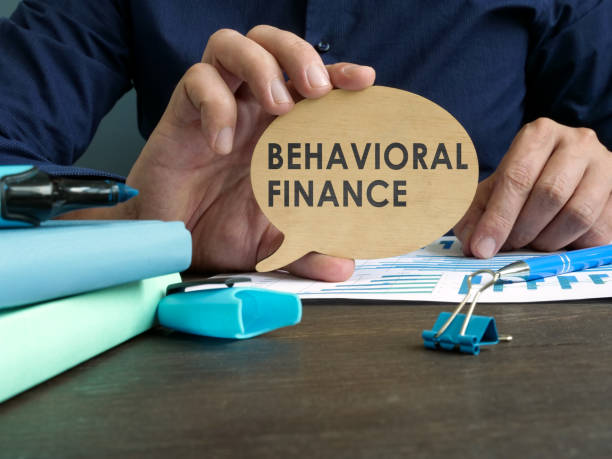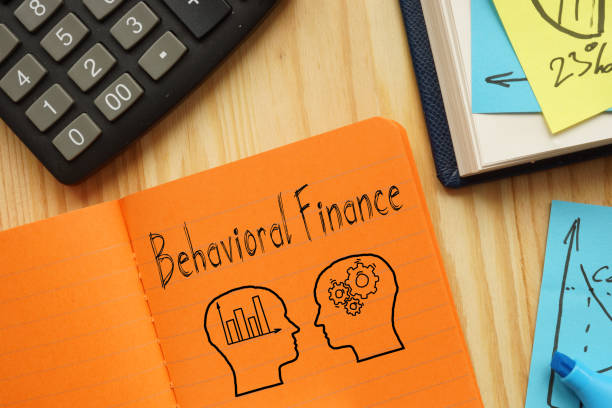Understanding Behavioral Finance

Imagine you’re at the mall, and you see a pair of shoes that sparkle like the stars. Your heart races, and you start imagining how those shoes would transform you into a fashion icon. But wait, you remember your budget and reluctantly put the shoes back on the shelf. Congratulations, you’ve just experienced a tiny version of behavioral finance in action!

What’s Behavioral Finance Anyway?
Behavioral finance is like peeking into the financial world through the lens of psychology. It’s all about understanding how our feelings and thoughts can mess with our money decisions. Sure, numbers and graphs are part of finance, but so are those sneaky things called emotions.
Emotions Run the Show
Picture this: you’re investing in the stock market. The prices go up, and you’re high-fiving invisible friends. Then, they plummet, and you’re hunting for a cushion to hide under. That’s emotion rollercoaster 101. When emotions are in control, decisions can be as reliable as predicting the weather with a magic 8-ball.
Meet the Usual Suspects
Let’s get to know a few financial emotions that mess with our wallets:
- Fear: This one’s like the “monster under the bed” of finance. When markets get scary, fear can make you sell your investments quicker than a squirrel chasing a nut.
- Greed: Ah, the gold-digger of emotions. Greed makes you dream of swimming in a pool of coins, ignoring the voice that says, “Hey, remember to diversify!”
- Herd Mentality: Ever joined a line just because everyone else was? That’s herd mentality, and it loves crashing finance parties too. Everyone’s buying tulips? You buy tulips. Because, well, tulips.
- Overconfidence: Imagine thinking you’re the next Warren Buffet after making a tiny profit. Overconfidence can lead to big risks that end up being more painful than trying to assemble IKEA furniture.
- Loss Aversion: Ever clung to a terrible TV series just because you invested a lot of time already? That’s loss aversion. It makes us hold onto poor investments, hoping they’ll magically turn into gold.
The Rational vs. The Emotional Brain Battle
In one corner, we have Mr. Rational Brain, armed with math skills and analytical thinking. In the other corner, meet Ms. Emotional Brain, waving the banner of excitement, fear, and impulse. Guess who wins most of the time? Yep, Ms. Emotional Brain, the undefeated champ.
How to Tame the Emotion Monster?
- Awareness: Recognize when emotions are pulling the strings. Take a deep breath and ask yourself, “Am I making this decision because it’s smart or because I’m feeling something?”
- Time Travel: Imagine the future consequences of your decision. Will you be high-fiving yourself or facepalming? This trick can be more effective than trying to find your keys in a cluttered bag.
- Buddy System: Share your decisions with someone who won’t be afraid to give you a reality check. It’s like having a financial therapist minus the comfy couch.
- Rules and Routines: Create financial routines and rules. Think of them as your money’s bodyguards, keeping emotions at bay.
Final Thoughts
Understanding behavioral finance is like discovering that your wallet has a secret life of its own. Emotions can lead us down the path of financial folly, but with a dash of awareness and a pinch of rational thinking, we can steer our money ship away from the stormy seas. Just remember, when you see those tempting shoes, your emotions might be trying to pull a fast one on you. Stay strong and keep your financial ship sailing!
So there you have it, the crazy world where our minds and wallets collide. Who knew finance could be so emotional? Remember, it’s okay to have feelings, just don’t let them turn your bank account into a dramatic soap opera. Happy financial adventures, intrepid money explorer! 🚀🌟




